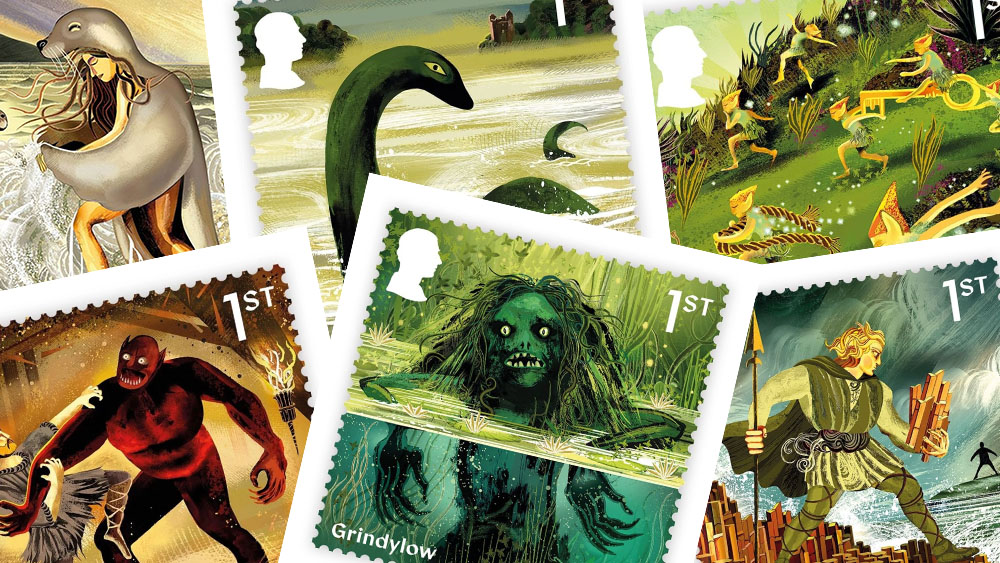10 winning ways to build a killer client website
Delight your clients every time with our 10-point guide to creating cracking sites

1 Forget the rules
The first rule of building award-winning client websites is that there are no rules or formulae to always guarantee awesome results. This may seem ironic to have as a first rule, however, so let’s put it to the side for now and get on with the other nine rules.
2 Get the set-up right
Never jump in to design and build something until you know why you’re doing it. Many projects are flawed from the start, wasting time, money, passion and opportunity. People who love making things are often way too eager to get on with it, which often leads to the neglect of a structured and grounded approach.
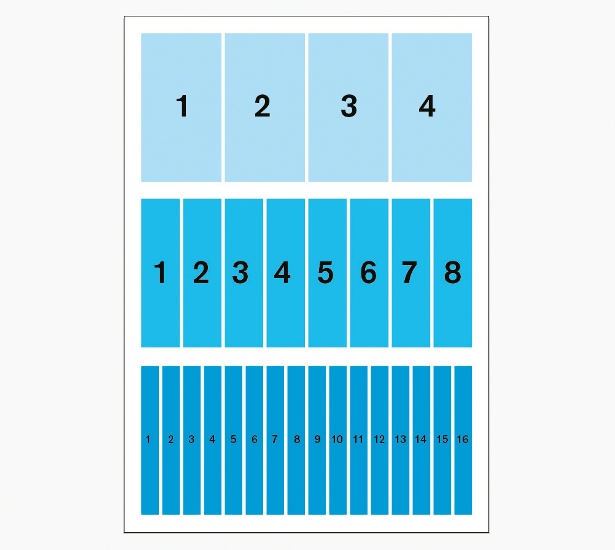
3 Iterate
Agile, iterative development, prototyping, beta and failing fast are all trendy concepts, but behind the hyperbole there are some useful hints to help approaching development. When we have a system in front of us, albeit something crude and quickly constructed, it tells us much about structures and interactions that we otherwise wouldn’t have seen and been able to judge.
4 Get intimate with your user
User behaviours are becoming more and more complex, so the process of unravelling them is getting harder. If you want to connect the dots you need to figure out where the dots are first. And if you discover that your customers are all using mobile or tablet to access the kinds of products, experiences or services that you’re offering, do something about it.
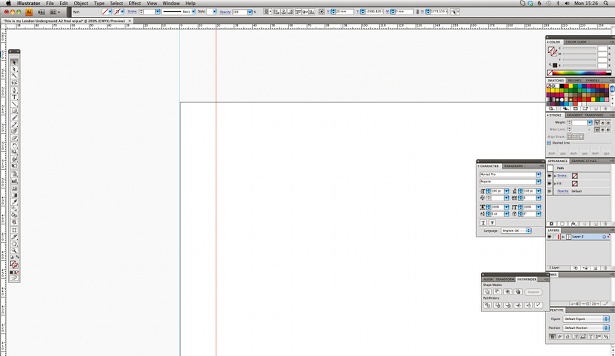
5 Learn from the past (or present)
Creating a new site is rarer and rarer these days. If you’re upgrading, enhancing and re-platforming a slightly old-fashioned site, don’t be too eager to trailblaze and dismiss the possibility of what has come before. With a little sifting and poking, so much user behaviour can be there for tracking, and these insights into user motivations in real working contexts are invaluable.
6 Question norms
At the risk of contradicting rule number five, question existing models of navigation, structure and taxonomy. The fact that a precedent has been set doesn’t make it right. Some slick, cool-looking sites can be badly structured, leading to very low performance. Consider the content, categories, journeys and motivations and figure out how to make them as intuitive and simple as possible for every key user type.
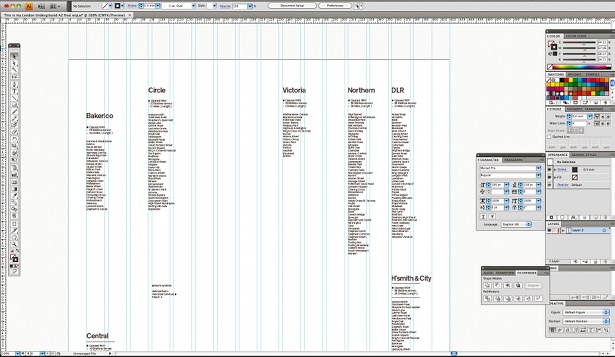
7 ‘Expression’ rather than ‘design’
Design isn’t just making things look slick and cool, it’s a process of expressing the values and feeling of an organisation. It’s all too easy to create impressive looking design while losing touch with the real expression of what you’re representing. A really tight, coherent expression helps a business to stand out; for designers, that requires an increased versatility of styles, allowing you to tailor designs more sensitively.
Get the Creative Bloq Newsletter
Daily design news, reviews, how-tos and more, as picked by the editors.
8 Think holistically
It’s easy to forget all the factors which contribute to making sites really fly, such as SEO, platform optimisation, social optimisation and content. Leaving these areas for the specialists to handle post-delivery leads to ineffective integration, clunky journeys and odd bits of language strewn across search. The more you can think about these issues holistically, the more complete and coherent the whole ecosystem will be.
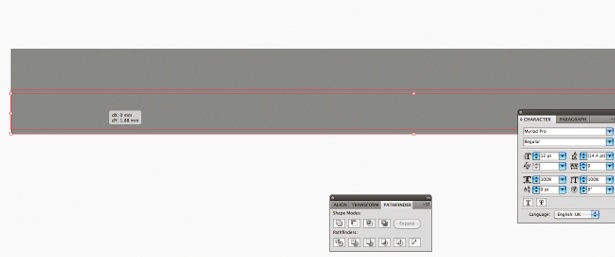
9 Pace yourself
Creativity is frustrating at the best of times. Just as an idea or approach starts to crystallise, someone tends to slam their demolition ball into it and then you’re quickly rewinding back to the beginning to start all over again. That’s why tenacity and armour plating have to complement your talent and ambition.
10 Involve the client
Just as technologies need to be corralled together for optimal results, clients need to be involved in the process in the best possible way. Maximise their efforts and attention and offset their risk aversion by engaging their creative and excitable sides. Understanding clients’ involvement as a central component of success is much healthier than thinking of them as separate to the process of creation.
All illustrations by David Biskup
Discover the top 10 web design training tools at our sister site, Creative Bloq.

Thank you for reading 5 articles this month* Join now for unlimited access
Enjoy your first month for just £1 / $1 / €1
*Read 5 free articles per month without a subscription

Join now for unlimited access
Try first month for just £1 / $1 / €1
The Creative Bloq team is made up of a group of design fans, and has changed and evolved since Creative Bloq began back in 2012. The current website team consists of eight full-time members of staff: Editor Georgia Coggan, Deputy Editor Rosie Hilder, Ecommerce Editor Beren Neale, Senior News Editor Daniel Piper, Editor, Digital Art and 3D Ian Dean, Tech Reviews Editor Erlingur Einarsson, Ecommerce Writer Beth Nicholls and Staff Writer Natalie Fear, as well as a roster of freelancers from around the world. The ImagineFX magazine team also pitch in, ensuring that content from leading digital art publication ImagineFX is represented on Creative Bloq.
